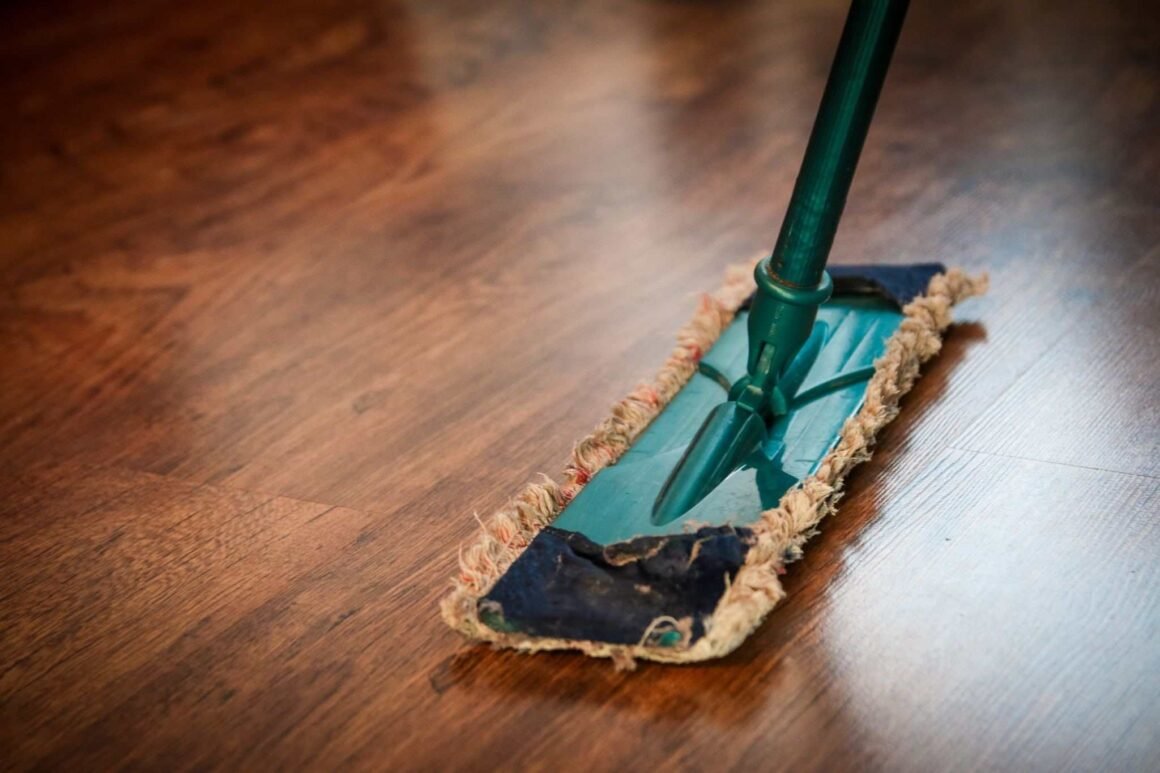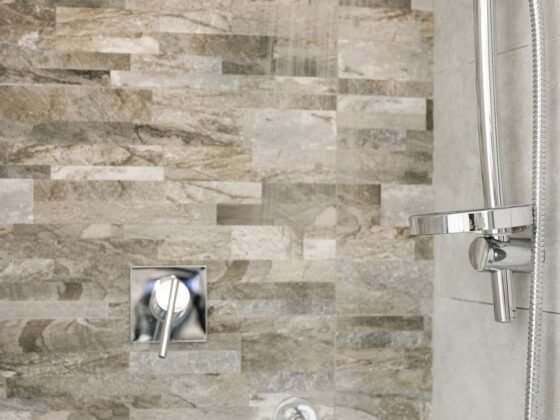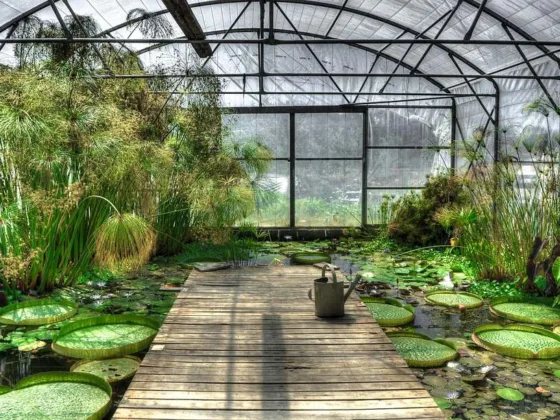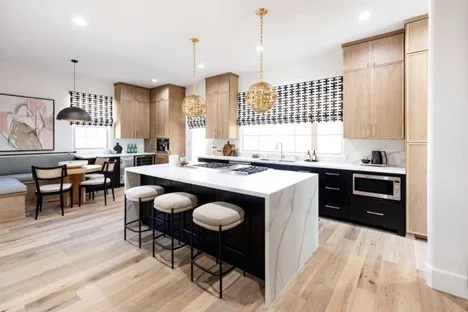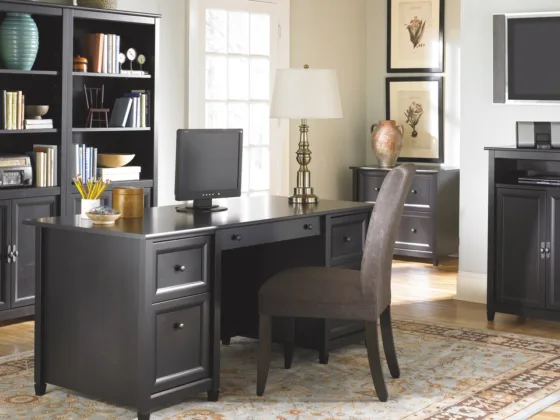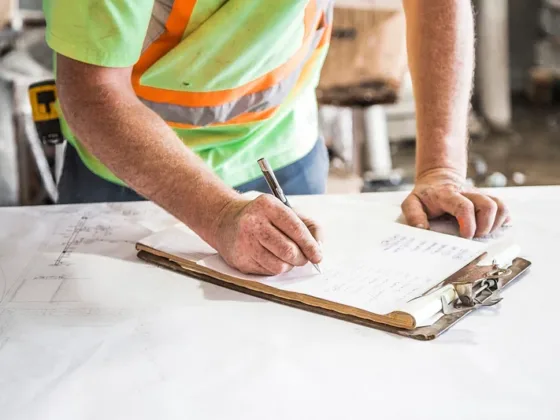Table of Contents Show
The different types of floors are vinyl, porcelain, natural stone, and timber. They are easy to clean but require different methods.
When even the most beautiful floor becomes dirty, it automatically makes the entire room look messy. This is why it is essential to clean the floor as often as possible.
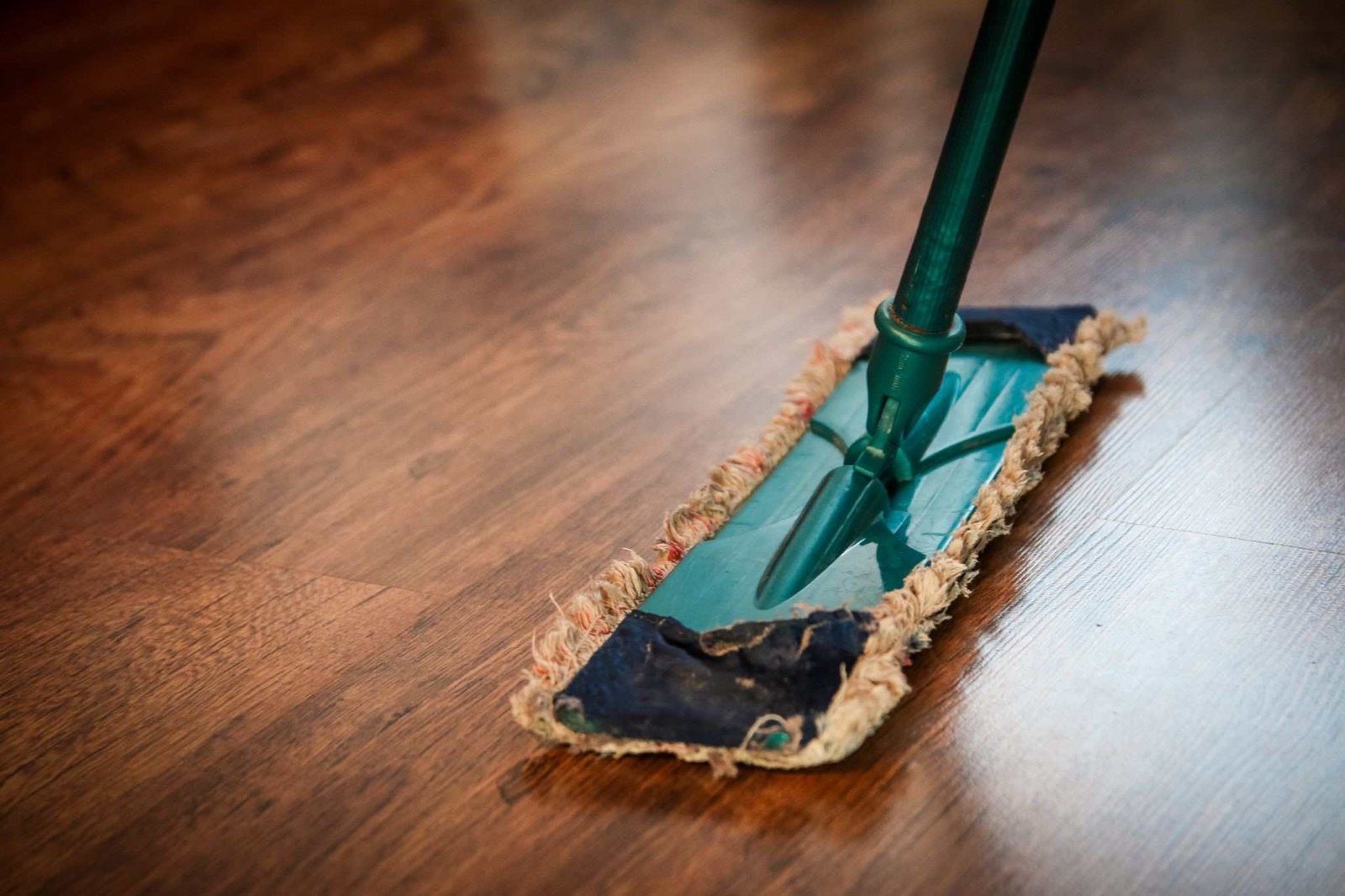
But not all floors cannot be cleaned in the same way. Floors are made with different materials and they require different methods to clean.
How Often Should You Clean Your Floors?
How often you need to clean your floors depends on the area where you live.
If you are in a quiet suburban area, then there will be very little dirt and dust particles floating around. Since there is little dust, you can clean the floors twice a week.
Nevertheless, be sure to clean the kitchen floor more frequently because it will get dirty faster, and there can be bacteria growth from food spillage.
If you live in a busy urban area, then you need to clean the floors of your house almost every day.
Because there is so much traffic around, there will be a lot of dust particles floating about.
Sweep the floor with strong cleaning agents at least once a week so that the floor keeps its natural glow.
You can use a spray mop to conveniently wipe your floor and clean it. The average spray mop price costs around $30-$50.
Different Types of Floors
Floors are made of many different materials and can be separated into categories. Some examples of different types of floors include:
1. Timber Floors
Timber floors are made with wood planks. A floor made with timber increases the aesthetics of your house, but there are some downsides.
Since they are technically wood, they cannot keep their original glow and beauty for a long time.
If there is high humidity, they will slowly lose their color as water particles enter the wooden floor.
Since they are wood, they are also prone to shrinking or expanding due to weather. So it has a lot of problems.
Nonetheless, they are an amazing flooring choice if you can maintain them properly.
Read Also:
2. Laminate Floors
This is a modified version of the timber floors. Instead of using raw wooden planks as flooring, this type of flooring first laminates the wooden planks with sturdy materials such as stone or tiles.
This covers up the weakness of the timber floors, but it takes away the wood textures. So you gain durability at the cost of the aesthetics of the wooden floors.
If you want something that is very durable and long-lasting, then laminate floors are your go-to choice.
3. Vinyl Floors
A vinyl floor is just a normal floor with a vinyl roll attached on the top with glue. Because it is a separate layer of flooring, it will protect your actual floor underneath.
It is also very easy to clean and is very durable too. As for appearance, it is very basic.
You can get vinyl rolls that have various designs on them which will go nicely with the setup of your room.
4. Linoleum Floors
Linoleum is a form of floor covering composed of resin, linseed oil, wood fiber, limestone, and cork dust.
It is then coated with mineral colors to add cosmetic appeal. These materials make linoleum one of the sturdiest floorings.
Not only are they sturdy, but the smooth texture of this floor also makes it very easy to clean.
5. Natural Stone Floor
For those who feel they want to give their house a vintage look, they can use natural stone floors. If you install stone floorings, you need to keep them sealed to the floor.
There are a lot of stone floor sealers you can find in your hardware store, and you can use any of them. You can also keep them unsealed, but there is a risk of them coming apart.
6. Porcelain Floor
Porcelains are also similar to stone floors, but they are not as attractive as stone floors.
You can, however, buy porcelain tiles in various designs and colors to increase the overall beauty of your room.
They are also a bit cheaper, but not as durable as a stone floor.
7. Bamboo Floor
This can be considered the cheapest flooring that you can get, but that does not mean they are inferior to other floorings. Bamboo, even though it looks like wood, is actually a grass.
Long and sturdy bamboo stalks are compressed and glued together. They are excellent if you are living in a place that has high humidity.
Bamboo can be much more durable than timber floors.
How to Clean Different Types Of Floors
Now let us look at how we can clean each floor type.
1. How to Clean Timber Floors
You need to be very careful when you want to clean timber floors. Most timber floors are finished with either wax or polyurethane.
If your floor is finished with wax, then you need to be very careful as the wax is not durable and can get damaged easily.
Do not use water to mop a wax timber floor. The water can eradicate the wax finish, and if water enters the wood, then it will only be a matter of time before your floor gets damaged. If the floor has a polyurethane finish, then you are safe.
Use a wet mop and use a pH-neutral soap to clean the whole floor. You should also never dry mop timber floors because dust particles could put a scratch on your timber floor.
2. How to Clean Laminate Floors
As mentioned before, laminate floors are very durable. So you do not need to worry about which cleaner you should use to clean it.
But while cleaning, be sure not to use too much water. Because even though the laminating on top of the wooden floor is durable, the wooden floor is not.
If water somehow gets into the wooden floor, then you are in for big trouble. Use a slightly damp mop or a vacuum to clean the floor.
3. How To Clean Vinyl Floors
Vinyl floors are fairly durable as well. This means they can handle almost all types of cleaners. Spray water on top of the vinyl roll and use a dry mop to sweep the floor.
To ensure the appearance of the vinyl floor stays the same, mix 1/4 cup vinegar with 1 drop of dish soap and warm water.
Spray that on top of the floor and clean it with a mop. The vinegar and soap will remove any stains.
4. How to Clean Linoleum Floors
The cleaning method of linoleum is similar to that of vinyl floors. But since they have limestone in them you cannot use vinegar. Instead, only use dishwashing soap and warm water.
Spray the soap water on top of the floor and mop. Very easy and simple!
5. How to Clean a Natural Stone Floor
The cleaning process of natural stone floors is a bit different because stones are not good at resisting cleaners, especially acidic cleaners such as bleach.
So do not use cleaners that have acidic liquid. Vinegar is also an absolute no. Use a pH-neutral cleaner, spray it on top of your floor, and clean it with a mop.
This should be enough to keep your stone floor clean.
6. How to Clean Porcelain Floors
Porcelains are much more resilient with acidic cleaners. So you can mix 1/4 cup vinegar with 1 drop of dish soap and warm water.
Spray it on top of the floor and clean the floor with a mop. You will find your porcelain floor shiny and glossy if you do this every week.
7. How to Clean Bamboo Floors
Bamboo floors are tricky. Because even though they are sustainable and do not react with cleaning agents, they are prone to scratches and dents.
With other floors, you could do dry cleaning, meaning sweeping with a dry mop, and the floor would look still fine.
But since bamboo is prone to scratch, you cannot do that. So while cleaning, always use a wet mop.
Mix dishwashing soap with normal water, spray it on top of the floor, and clean it with a wet mop. Be extremely gentle as you mop; otherwise, you might scratch the floor.
Final Thoughts
Floors are just as important as any other part of your room. So you need to clean them properly at least once a week.
Otherwise, dust will settle in it and ruin the whole beauty of your glossy floors. But be sure to use the right cleaning agents.
